Coursebooks - Educational Gateways or Walled Gardens?
Are coursebooks empowering learners or boxing them in?

The English Language Teaching (ELT) profession finds itself at an important turning point, caught between traditional coursebooks and rapidly advancing digital tools. For teachers and publishers, this shift brings both promising opportunities and notable challenges. Central to this debate is whether coursebooks serve primarily as gateways that empower educators and learners, or as walled gardens that unintentionally limit creativity and teaching flexibility. This article hopes to shed some light on the nuanced relationships between publishers and teachers, focusing on how today's educators are responding to changing methodologies and navigating the complexities of a continually evolving ELT landscape.
The Dual Nature of ELT Coursebooks
Reconsidering the Gateway and the Garden
The Gateway Perspective
Coursebooks have long served as structured entry points into language learning, offering carefully sequenced content that supports both teaching and learning. Stacey Hughes provides a compelling take: “Modern coursebooks can be seen less as books and more as a set of resources that teachers can choose to use as-is or adapt, extend, or supplement.” It’s a view that many classroom practitioners will recognise—one that sees coursebooks not as fixed scripts, but as versatile teaching companions.
From this perspective, coursebooks bring clear advantages. They offer level-appropriate input, engaging texts, visually rich content, and real-world materials that promote not just language development but also critical thinking. For time-pressed teachers, these resources can be invaluable, providing ready-made materials that save hours of planning. Coursebooks also provide learners with a sense of structure and continuity—often helping students monitor their own progress and stay motivated through visible milestones.
Gateway to the World by Macmillan Education illustrates this philosophy well. It combines “brand new content and digital tools with a methodology trusted by thousands of teachers around the world,” aiming to equip students not only for exams but for academic and professional success. In doing so, it positions the coursebook as an enabler—a platform for meaningful learning, rather than a constraint.
ELT Journal Volume 73/4 October 2019
The Walled Garden Critique
In contrast, the ‘walled garden’ critique of coursebooks warns of their potential to confine teaching rather than support it. Over-reliance on pre-packaged content can, some argue, lead to formulaic lessons that fail to respond to learners’ lived experiences, cultural backgrounds, or immediate classroom needs. In this view, coursebooks may offer safety—but at the risk of reducing flexibility and limiting authentic engagement.
Even strong advocates for coursebooks acknowledge their boundaries. National Geographic Learning, for example, is clear: “A coursebook is not, and should never be, the totality of the learning experience.” This candid statement reflects an important shift in how coursebooks are viewed—not as complete solutions, but as parts of a wider, adaptive learning process.
The tension between these two perspectives was explored in the exchange between Jordan and Gray/Hughes in ELT Journal. The more critical views were described as “polarising and distant from classroom practice”—a reminder of the gap that sometimes exists between theoretical debate and the everyday decisions teachers must make.
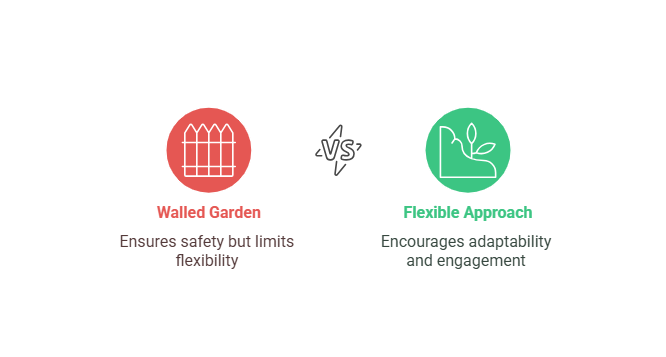
The New Generation of ELT Teachers: Challenges and Adaptations
Teaching Digital Natives
Today’s ELT teachers are working with a generation of learners—often referred to as Generation Z—who are digital natives in the truest sense. These students are not only comfortable with technology; they expect it. They process information quickly, move fluidly between tasks, and engage with content that is fast-paced, interactive, and visual. For teachers, this means a rethinking of traditional approaches and a move toward more responsive, media-rich methodologies.
Adapting to this shift doesn’t mean abandoning pedagogical rigour; rather, it involves reimagining how tried-and-tested principles can be delivered through more contemporary means. Teachers are increasingly encouraged to incorporate technology-driven activities into their lessons—ranging from setting up class blogs and using films for discussion and analysis, to embedding multimedia content into tasks and inviting students to interact through platforms they already use socially, such as Instagram or TikTok.
These adaptations aren’t simply about keeping up with trends. They reflect a deeper understanding of how Gen Z learners absorb and respond to information. Multimodal engagement—blending visual, auditory, and kinesthetic inputs—is not just a novelty; it’s a necessity. Activities that combine listening, drawing, speaking, or movement help learners stay focused and retain information more effectively. Traditional coursebook delivery may still have its place, but it often needs to be reframed or supplemented to resonate with the way this generation learns.
The challenge, then, is not simply about introducing new tools, but about aligning them with pedagogical intent—ensuring that technology enhances learning rather than distracts from it. For the new generation of ELT teachers, the task is to strike that balance: to innovate without losing sight of the fundamentals that underpin effective teaching.
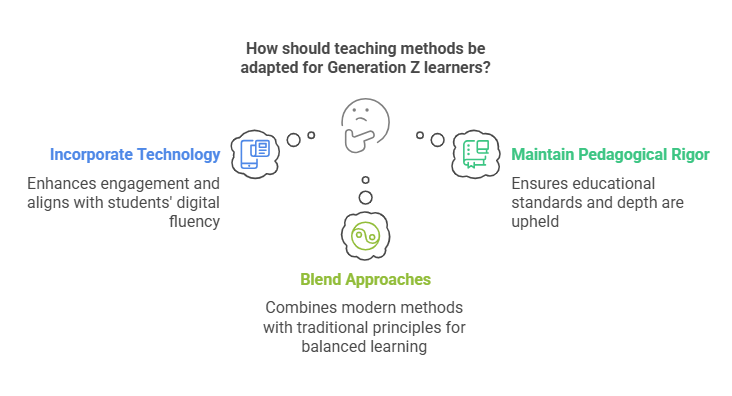
Crafting Personalized Learning Experiences
Educators are increasingly adopting modular resources, seamlessly integrating publisher-provided materials with personally created or openly available content. Artificial Intelligence plays a supporting role by suggesting suitable classroom activities, producing tailored worksheets, or developing customized assessment tasks aligned with specific educational objectives. By stepping beyond traditional textbooks, teachers can effectively address particular learner needs—such as pronunciation issues or cultural misconceptions—that standardized coursebooks typically fail to fully accommodate.
Promoting Student Autonomy and Practical Application
Teachers are utilizing AI tools to cultivate greater student independence, reducing the traditional reliance on textbooks as the primary educational resource. AI-powered writing assistants that empower students to independently refine their written work, while speech-recognition applications facilitate speaking practice beyond classroom hours. These methods reflect an educational shift toward equipping students for genuine, real-world communication scenarios, diverging from the rigid progression inherent to standard textbooks. Additionally, educators are integrating authentic materials—including news articles, podcasts, and social media content—often curated or augmented by AI, to enhance the relevance and applicability of learning.
Encouraging Collaborative and Creative Teaching Practices
AI allows educators to explore more dynamic and collaborative instructional approaches, often difficult to implement through conventional textbooks. For instance, AI systems can support peer-review processes by evaluating student submissions and suggesting targeted feedback areas, or they can generate innovative prompts suitable for collaborative group projects. This move away from strictly guided textbook lessons fosters critical thinking, teamwork, and creativity, skills that conventional materials frequently struggle to adequately nurture.
Empowering Professional Development and Knowledge Sharing
Outside the classroom environment, teachers are harnessing AI capabilities to further their own professional growth and facilitate resource sharing. AI-powered platforms can recommend effective teaching strategies, analyze instructional outcomes, and connect educators to international professional communities. This collective knowledge-sharing significantly reduces dependence on publisher-supplied textbooks, enabling teachers to draw upon a more diverse, dynamic ecosystem of educational resources and methodologies.
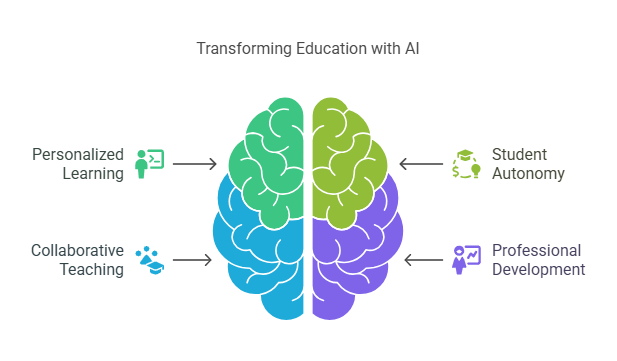
AI - A Potential Disruptor of the Publisher-Dominated ELT Landscape
Publishers in the ELT industry have acknowledged the evolving educational landscape, prompting significant shifts in their approach to content creation. The conventional, static coursebook model—previously designed to fit all teaching scenarios—has gradually transitioned towards more flexible and modular formats. These newer approaches better reflect the varied methodologies, classroom settings, and learner requirements that teachers encounter daily.
AI isn’t just a workaround—it’s a potential disruptor of the publisher-dominated ELT landscape. By giving teachers the ability to create, adapt, and source materials independently, it dismantles the walls of exclusivity and cost that publishers have built. It’s not about fully abandoning coursebooks but about using AI to transcend their limitations, offering a freer, more flexible path for the new generation of ELT teachers.
AI’s role in this evolution is not without challenges. While it enhances flexibility and personalization, it raises concerns about digital equity—some regions lack the infrastructure to fully adopt AI-driven materials. Additionally, teachers may need training to integrate these tools effectively, and over-reliance on AI could diminish the human element of teaching. Nevertheless, the trajectory is clear: AI is pushing ELT publishing toward a future where adaptability, interactivity, and learner-centered design take precedence over the static coursebook paradigm.
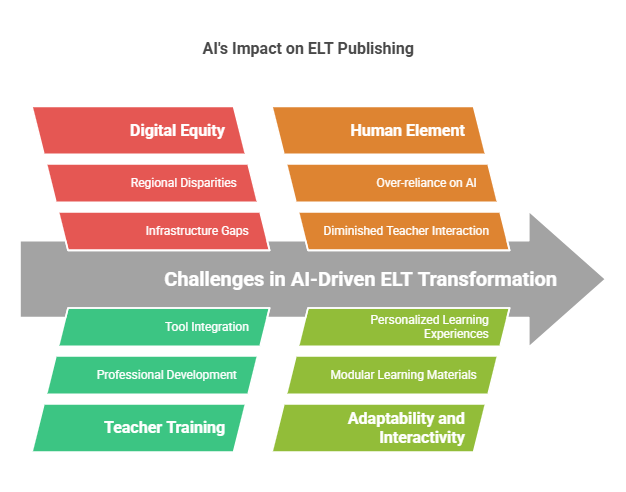
In summary, AI is a catalyst in transforming ELT publishing into a more flexible, modular, and responsive field. It empowers publishers to meet diverse educational demands while enabling teachers to look beyond coursebooks, leveraging technology to create richer, more tailored learning experiences. This evolution reflects a broader shift in education toward innovation and individuality, with AI at its core.
Transform Your Student Experience
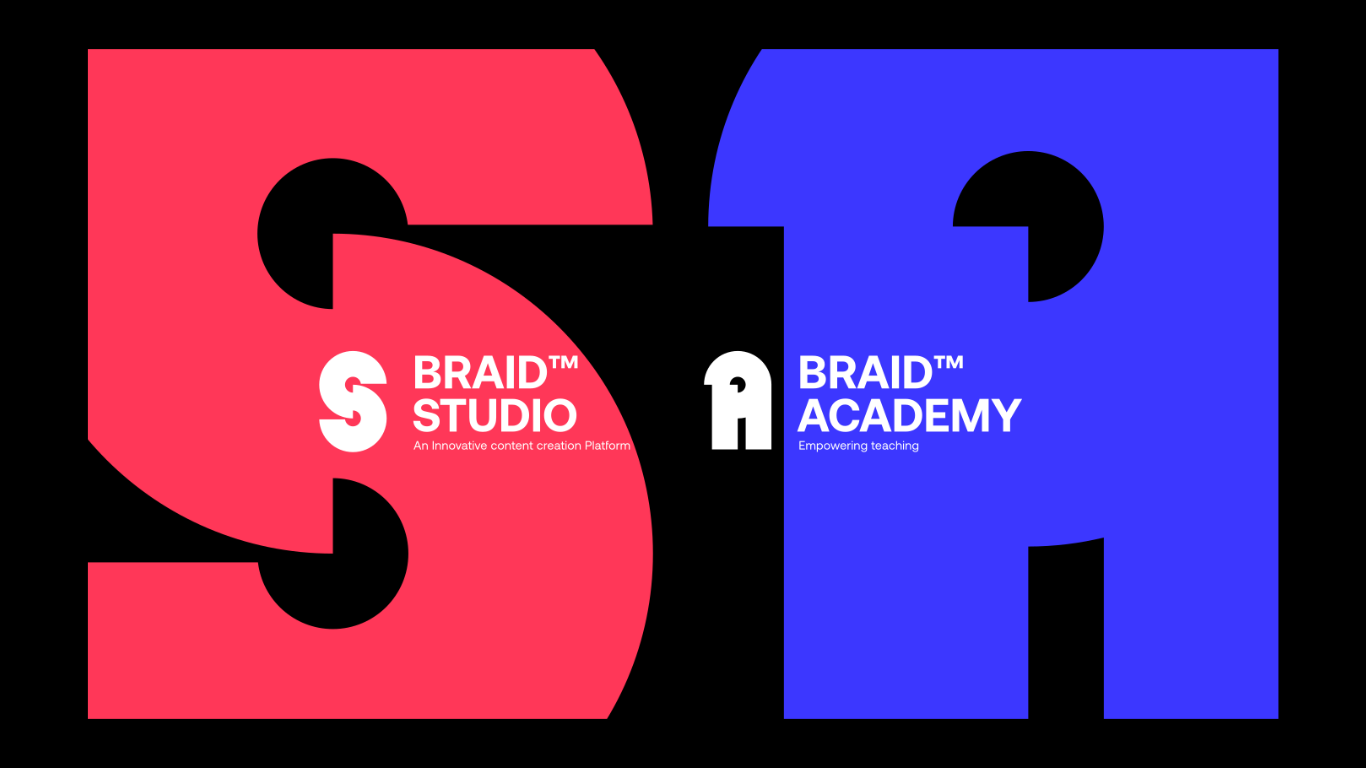
European Framework of Reference) in language learning?
Braid Studio ensures that AI-generated content is methodology-driven, CEFR-aligned, and pedagogically sound, giving educators the tools to create structured learning experiences tailored to different proficiency levels. With built-in AI customization, teachers can generate, adapt, and refine content while maintaining complete control over quality and alignment with CEFR descriptors.
Braid Academy complements this with expert-led courses and resources that showcase best practices for integrating AI into language education.
Thank you for reading. I hope you found it valuable; if you did, please forward it to a friend.


